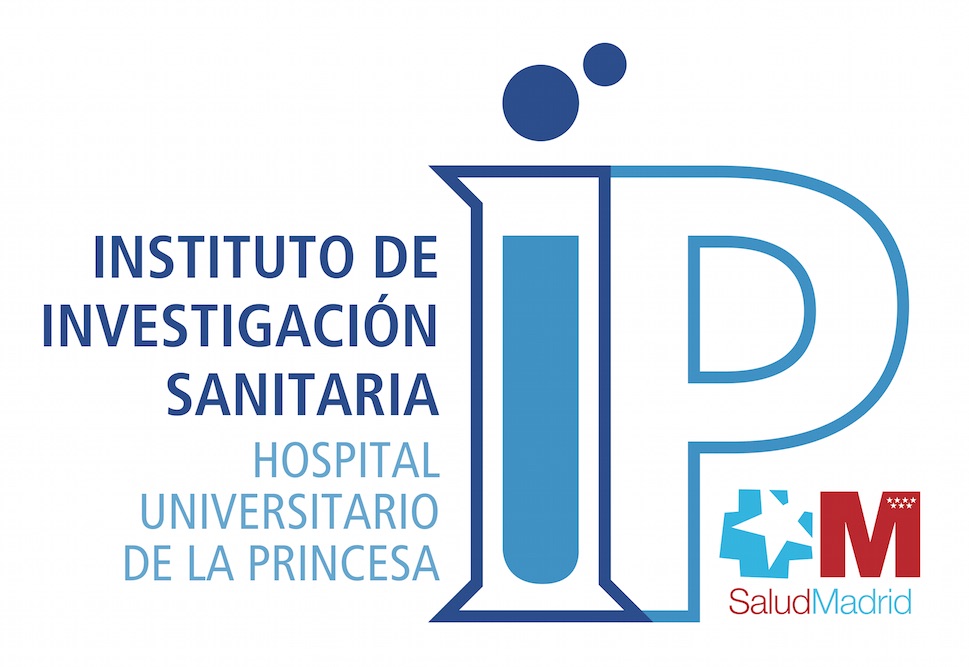Mitochondria are the energy-producing factory of eukaryotic cells. In addition, they play a fundamental role in the clearance of the cytosolic Ca2+ Upon cell stimulation, mitochondria are capable of accumulating vast amounts of Ca2+ in their matrix through the Ca2+ uniporter that uses the driving force of the electrical potential across the mitochondrial membrane. After cell stimulation ceases, the Ca2+ accumulated in the mitochondrial matrix is then released back into the cytosol through antiporters like the Na+/Ca2+ exchanger (mNCX).
The Ca2+ set-point hypothesis implies that a minimal cytosolic Ca2+ level is required to maintain neuronal viability; when this Ca2+ moves below or above this set-point, apoptosis is rapidly induced and the death of neurons occurs. We explored the possibility that the mitigation of the rate of mitochondrial Ca2+ efflux to the cytosol by the mNCX blocker CGP37157 could afford neuroprotection against neurotoxicity elicited by cell Ca2+ overload. In addition, the study of CGP37157 derivatives with blocking activity of mNCX has been also of interest for other pathologies, such as diabetes.
However, CGP37157 also blocks voltage-gated Na+ channels, voltage-gated Ca2+ channel, the plasmalemmal NCX, and the recently discovered channel Ca2+ homeostasis modulator 1 (CALHM1), among other targets. Given the high relevance of the mNCX as a potential target to develop new neuroprotective agents, among other pathologies, we hypothesized that newly synthesized compounds to target mNCX with more selectivity and potency could find therapeutic potential in neurodegenerative diseases, stroke, diabetes, or any other pathologies where the function of mNCX was compromised. We have recently reported a family of CGP37157 derivatives, finding an improvement in the neuroprotective properties together with an slight enhancement of the blockade of mNCX.
These compounds showed a decent blockade of the clearance of mitochondrial Ca2+, as well as an increase in the area-under-the-curve and maximal peak of Ca2+ into mitochondria, when Ca2+ uptake by mitochondria was induced by histamine.
Moreover, these family of compounds showed an important neuroprotective profile against toxic models of neurodegeneration, related to Ca2+ overload and mitochondrial dysfunction.
The patented compounds are blockers of the mitochondrial sodium/calcium exchanger, better than the best-known CGP37157, used since the 1980’s. They show neuroprotective profile in neurons and nerve tissues subjected to toxic stimuli related to neurodegeneration.
Not yet identified.
Due to the key role of the control of the cell Ca2+ levels in neurons and other cells, these compounds can regulate the Ca2+ overload described in several pathologies of the nervous system, such as neurodegenerative (Alzheimer’s, Parkingson’s, Amyotrophyc Lateral Esclerosis), stroke, pain, and epilepsy, but also in diabetes, cardiovascular diseases, etc. Moreover, due to the lack of selectivity and potency of CGP37157 to block mNCX, the new compounds can serve as pharmacological tools to explore the role of mNCX in physiological and pathological processes, in a more accurate fashion than when using CGP37157.







